Close arrow_back
- menu title
-
Custom Menu
add remove
-
Navigation
add remove
-
menu title
add remove
-
menu title
add remove
-
menu title
add remove
-
menu title
add remove
-
menu title
add remove
- menu title
-
Custom Menu
add remove
- Navigation add remove
-
menu title
add remove
-
menu title
add remove
-
menu title
add remove
-
menu title
add remove
-
menu title
add remove
Polar Code, 2016 Edycja
Polar Code (2016 Edition)
The International Code for Ships Operating in Polar Waters (Polar Code) has been developed to
supplement existing IMO instruments in order to provide a more comprehensive set of provisions
to address the increased interests and traffic in the polar regions, and the unique operational,
environmental and search and rescue concerns peculiar to these areas, taking into account that the
consequences of any major safety or pollution incident in polar waters are likely to cause widespread
harm to these pristine environments.
The Polar Code covers the full range of design, construction, equipment, operational, training, search
and rescue and environmental protection matters relevant to ships operating in waters surrounding the
two poles. It includes mandatory measures covering safety (part I-A) and pollution prevention (part II-A)
and recommendatory provisions for both (parts I-B and II-B).
The International Code for Ships Operating in Polar Waters (Polar Code) has been developed to
supplement existing IMO instruments in order to provide a more comprehensive set of provisions
to address the increased interests and traffic in the polar regions, and the unique operational,
environmental and search and rescue concerns peculiar to these areas, taking into account that the
consequences of any major safety or pollution incident in polar waters are likely to cause widespread
harm to these pristine environments.
The Polar Code covers the full range of design, construction, equipment, operational, training, search
and rescue and environmental protection matters relevant to ships operating in waters surrounding the
two poles. It includes mandatory measures covering safety (part I-A) and pollution prevention (part II-A)
and recommendatory provisions for both (parts I-B and II-B).
Podobne z kategorii
Availability: Out of stock


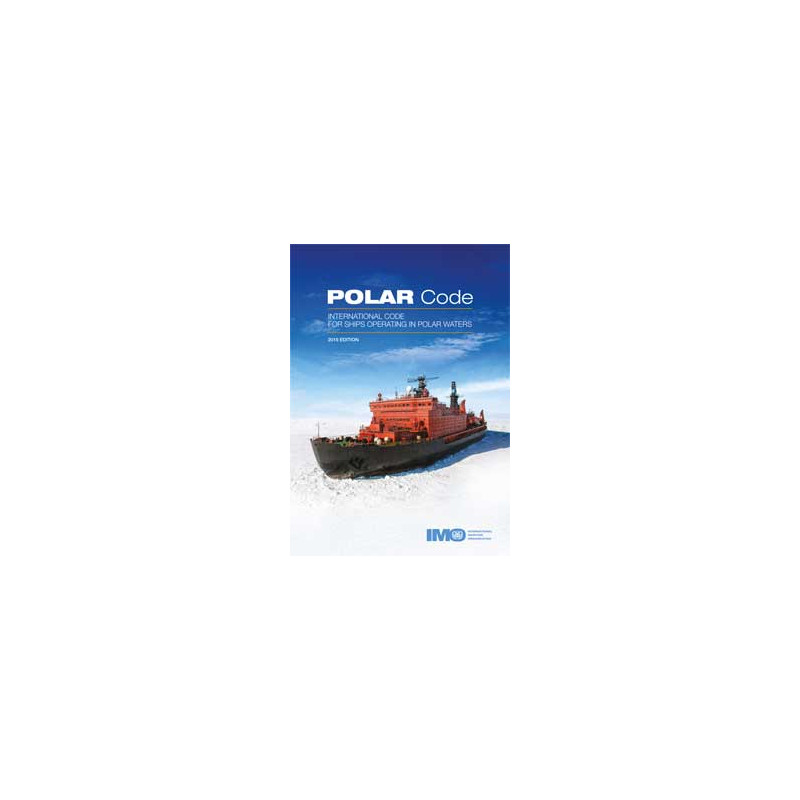

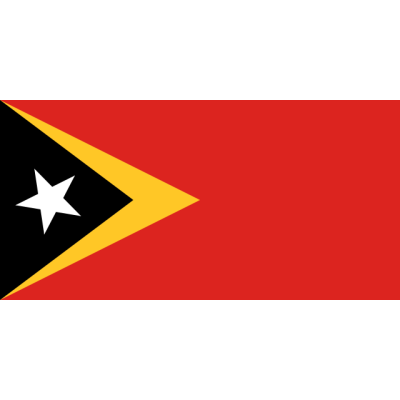
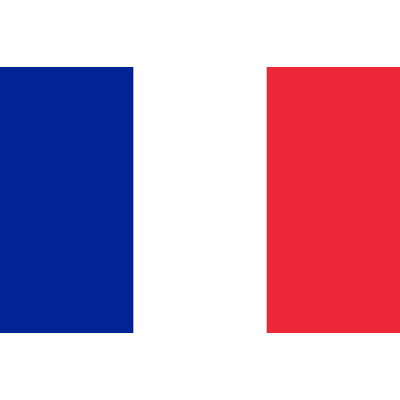
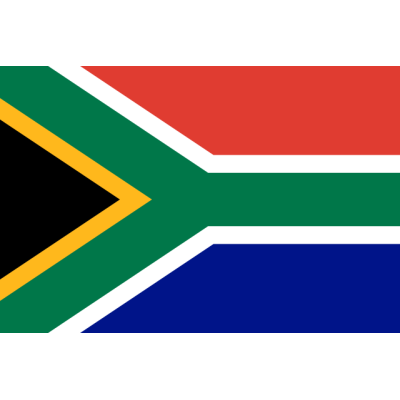
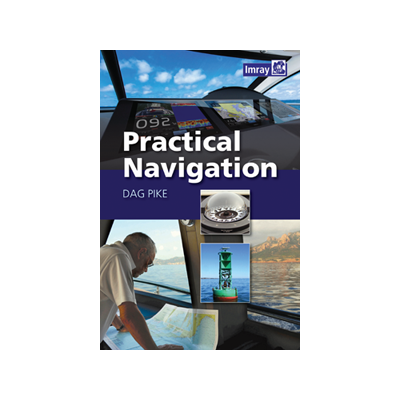
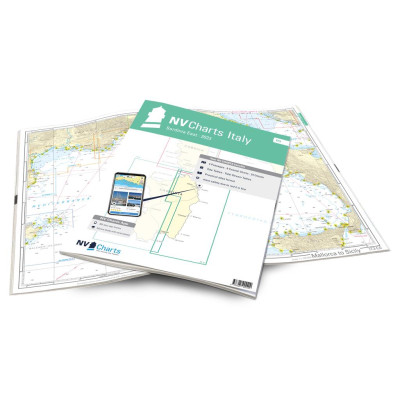
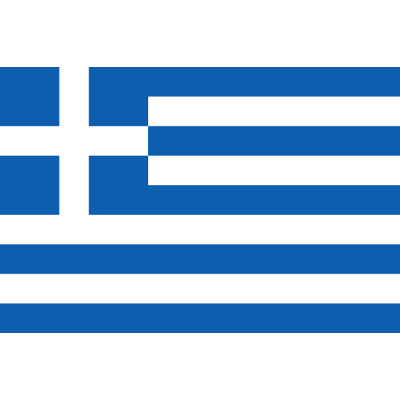


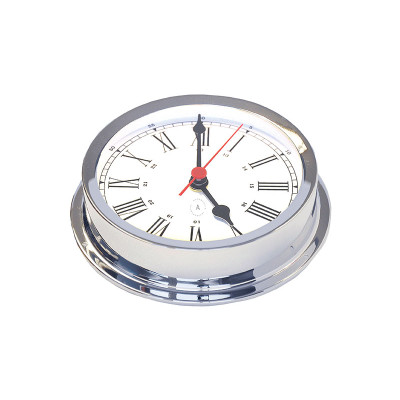
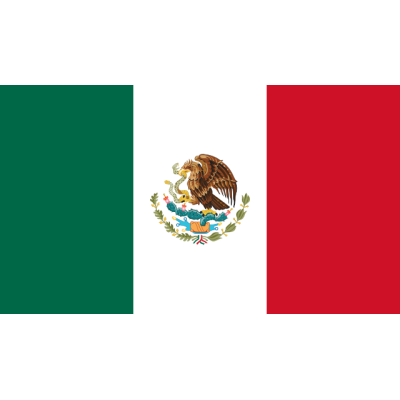

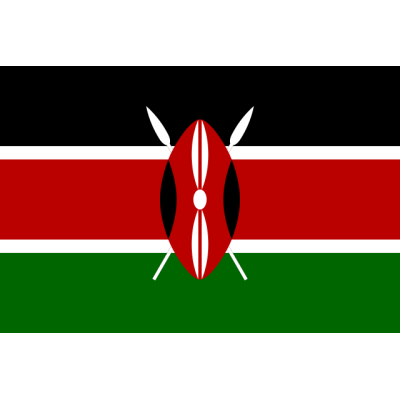
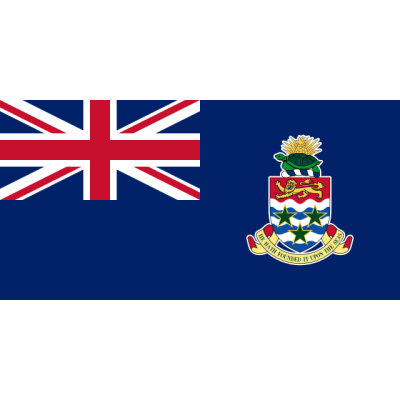
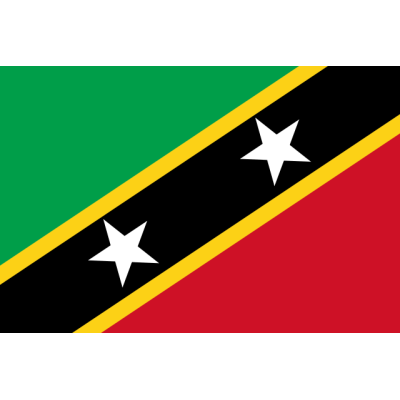


 Cookies
Cookies